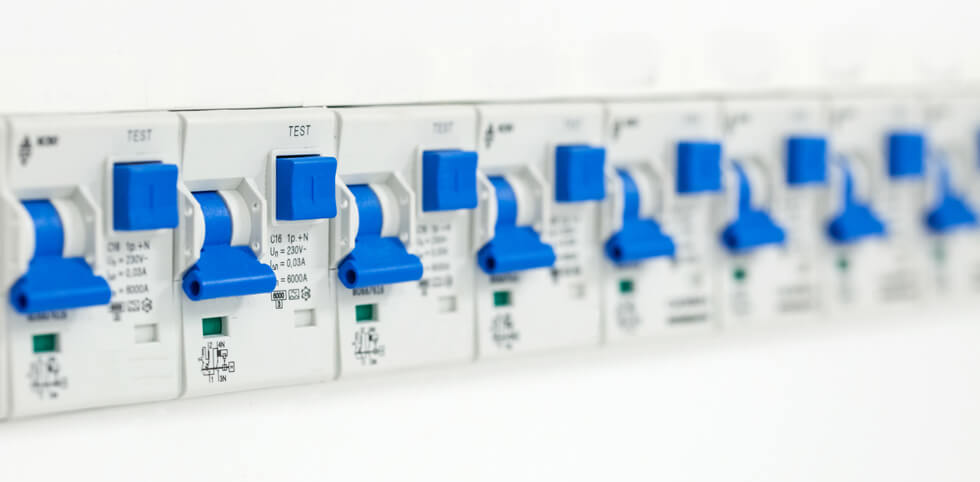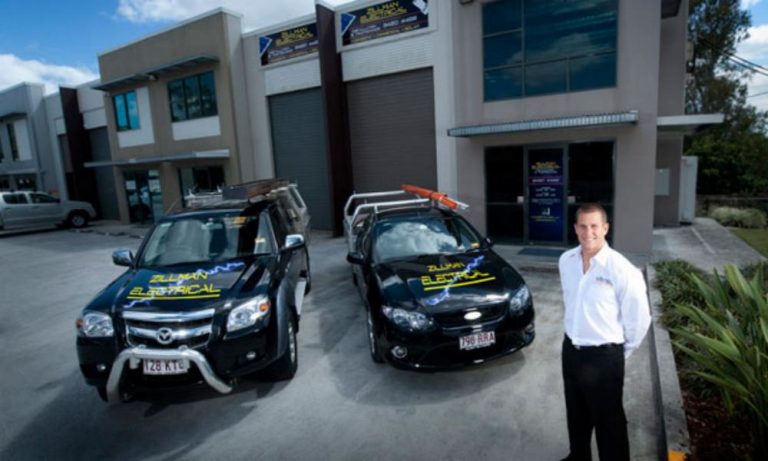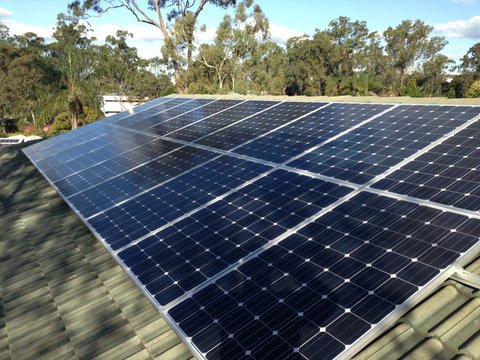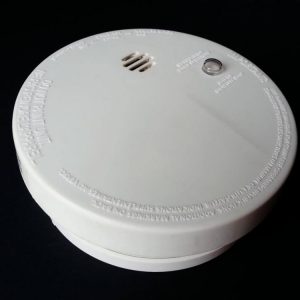- (07) 3420 4422
- info@zillmanelectrical.com.au
- Mon - Fri: 8:00 - 17:30





The switchboard is the best place to look for permanently installed safety switches. Safety switches can be easily identified – they are the one with a ‘test’ button.
Buying, selling or building a new home? Here are your legal obligations.
When buying or selling a property you need to check whether there’s an electrical safety switch installed on the premises. The law now requires the installation of safety switches within three months of the sale of a domestic residence constructed prior to 1992.
If you are building a new home, you must have a safety switch installed on both power and lighting circuits.
Sellers’ responsibilities
The seller must declare whether the home has a safety switch. This must be declared on the Sales contract (e.g. REIQ contract for houses and land) • Form 24 – Property Transfer Information. Real estate agents and solicitors should be aware of these requirements. Some sellers might prefer to have a safety switch installed before they place a home on the market.
Why? Because it could help smooth the way for a sale. This way, potential buyers will know they are protected from most types of electrical shock. Also, it will satisfy financiers who require confirmation that a safety switch is installed.

Buyers’ responsibilities
If there’s no safety switch on the premises, it’s legally up to the buyer to have one installed within three months of the settlement date (legal possession). The law applies to any home transfer including estate, Family Law and mortgagee transfers. Maximum penalties exceed $1000.
Landlords’ responsibilities
If a safety switch is not installed in your rental property after 1 March 2008 you may get fines of up to $1500.00. The regulations ensure people in domestic rental properties have the same protection from electric shock that homeowners have.
Sellers’ responsibilities
The seller must declare whether the home has a safety switch. This must be declared on the Sales contract (e.g. REIQ contract for houses and land) • Form 24 – Property Transfer Information. Real estate agents and solicitors should be aware of these requirements. Some sellers might prefer to have a safety switch installed before they place a home on the market.
Why? Because it could help smooth the way for a sale. This way, potential buyers will know they are protected from most types of electrical shock. Also, it will satisfy financiers who require confirmation that a safety switch is installed.

Buyers’ responsibilities
If there’s no safety switch on the premises, it’s legally up to the buyer to have one installed within three months of the settlement date (legal possession). The law applies to any home transfer including estate, Family Law and mortgagee transfers. Maximum penalties exceed $1000.
Landlords’ responsibilities
If a safety switch is not installed in your rental property after 1 March 2008 you may get fines of up to $1500.00. The regulations ensure people in domestic rental properties have the same protection from electric shock that homeowners have.